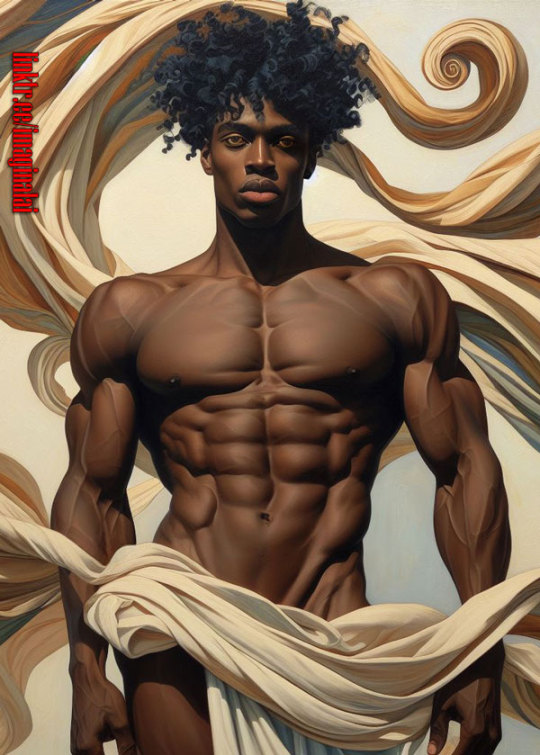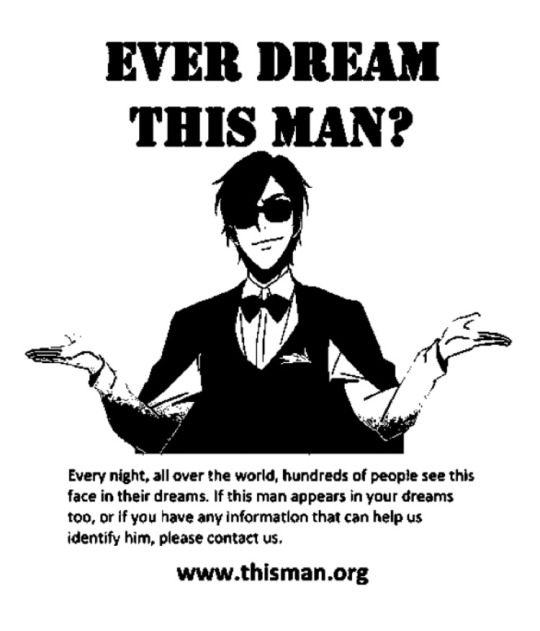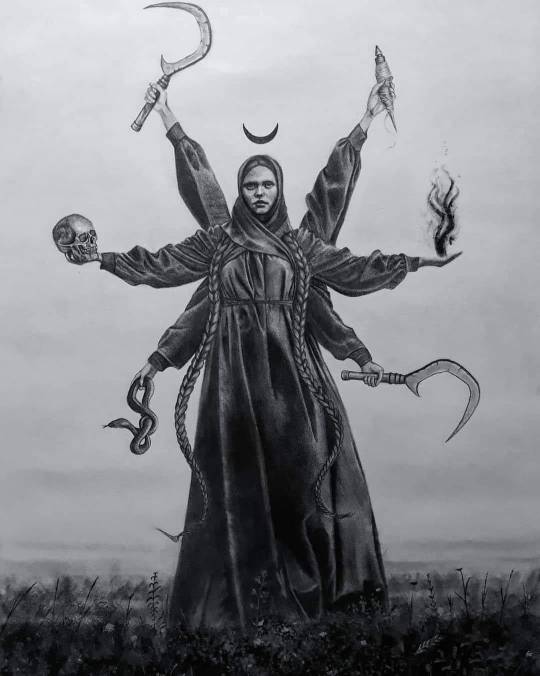#archetypal
Text

"The Muse of Athleticism"
#ai men#ai artwork#ai generated#ai art community#gay ai art#fashion illustration#art direction#ai gay#muscular definition#lean muscle#lean body#sexy hunk#male pinup#beefcake pinup#black male beauty#black male body#athleticism#archetypal#male muse#queerness#black queerness#created by @imaginal-ai
106 notes
·
View notes
Text
love that the aphoristically "normal" guy in every social situation is actually just the token insane control freak that the rest of them drag around into horrible terrible situations that are very much out of their control
#bonus if they spiral into something unrecognizable because of it#hughie campbell#sam winchester#viktor arcane#luke skywalker#archetypal
10 notes
·
View notes
Text

#archetypal#archetypalcoaching#mindfulness#meditationcoach#meditation#meditationpractice#zen#zazen#innerwork#transformation#spiritualwork#selfawareness#selfawarenessjourney#healing#healingjourney#soulwork#becomingconscious#jungian#jungiancoaching#menssoulwork#mensspiritualwork#spiritualpath#thepathisthegoal#imperfection#wholeness
2 notes
·
View notes
Text

#kotaro tatsumi#kotaro#zombie land saga#zombie land saga meme#zombieland saga#zombie land saga memes#anime memes#husbando#anime#archetypal
12 notes
·
View notes
Text
The Anima and the Animus in Jungian Psychology
Carl Jung was a Swiss psychiatrist and psychoanalyst who founded analytical psychology. Among his contributions to this field was the concept of the anima and animus, which refers to the feminine and masculine aspects of the human psyche, respectively. According to Jung, every person has both an anima and an animus, regardless of their gender. These two archetypes represent the inner world of a…

View On WordPress
#alchemy#analytical psychology#anima#archetypal#archetype#archetypes#carl jung#consciousness#Feminine#individuation#integration#masculine#philosophy#psyche#psychology#relationships#self-awareness#soul#spirit#spirituality#the unconscious#transformation#unconscious#wholeness
7 notes
·
View notes
Text
"Fathers (or substitutes) play a crucial role in our psychological development, whether we think of them as heroes, villains, or ordinary humans. Our human experience is governed by internalization of the real father, but informed by the archetype." X
#methinks i have astronomy#one sided conversations with fandom#scott tracy needs his dad#scott lends himself to be perceived as an archetypal father figure it's fine#because the most on the surface conceivable scenario is to be saved by scott#things get really interesting when it hits scott's the one in need of salvation#archetypal#i'm in a weird mood today
12 notes
·
View notes
Text
He's fallen, you know, fell from Heaven to here below, to keep us low, to build our ruin . . .
Siri Hustvedt, from The Blazing World
#ruin#fallen angel#lucifer#the devil#heaven#fallen#demonic#reminds me of#azhrarn#quotes#lit#words#excerpts#quote#literature#archetypal#siri hustvedt#the blazing world
4 notes
·
View notes
Text
Personal Growth Through Archetypes
From my blog post:
How INFPs Heal and Grow After Experiencing Trauma
The Lover. You’ve learned to approach life and others with love and care. You now know your boundaries and respect your limits. You’re ready to help others build loving relationships with themselves, others, and/or their personal creativity.
The Sage. You’ve collected knowledge and wisdom that can aid others. You may decide to share that knowledge through teaching. People may even seek you out for what you know.
The Wounded Healer. You’ve learned to heal yourself emotionally and maybe even physically. Now you’re ready to help others to walk the path of healing themselves.
The Explorer. After exploring your own inner landscape, you’re now ready to help others explore their inner experiences. You are also open to sharing your own experiences of traveling through life.
The Visionary. From your journey you have learned the power of creativity and imagination. You know what it takes to dive into what’s possible for you, and you can help others to gain awareness of all the possibilities that are open to them.
The Caretaker. What you’ve experienced has motivated you to assist those who are neglected, oppressed, and overlooked. You use what you’ve learned to aid and empower the powerless. You give love and care to the vulnerable and endangered.
The Magician. You’ve become skilled at transforming your own life. And you now have the skills and knowledge to help others to transform just as you have.
The Child. Through your experience, you’ve seen the power of imagination, curiosity, and optimism. You have the ability to help others to navigate difficulties by showing them how staying curious, playful, and hopeful can lead to finding solutions.
2 notes
·
View notes
Text

Artwork by Leon Bakst
Léon Bakst, original name Lev Samoylovich Rosenberg (born April 27 [May 9, New Style], 1866, Grodno, Russia [now Hrodna, Belarus]—died December 27, 1924, Paris, France), Jewish Russian artist who revolutionized theatrical design both in scenery and in costume. His designs for the Ballets Russes, especially during its heyday (1909–14), were opulent, innovative, and extraordinary, and his influence on fashion and interior design was widespread.
2 notes
·
View notes
Text
Mara, Slavic Goddess of Death and Rebirth - Margo Kai.

2 notes
·
View notes
Text

✦ Bread ✦
#he's helping#own art#own characters#CanisAlbus#art#artists on tumblr#Machete#anthro#sighthound#dogs#canine#animals#bread and soup kinda lad#I'm not sure if it was the case in all monasteries but usually monks baked their own bread I believe#also huge fan of the big strong baker with nerves of steel archetype#and another one of those “I've never drawn this pose before” moments
47K notes
·
View notes
Text
you can instantly make a cool female character if you just take any stereotypically masculine character type and make him a butch lady. easiest trick in the book. you can try this at home
77K notes
·
View notes
Text





#archetypal#archetypalcoaching#cgjung#carljung#jungian#jungiancoaching#jameshillman#thesoulscode#mindfulness#mindfulnesscoach#meditation#meditationcoach
1 note
·
View note
Text
bitches love me for my deeply tragic yearning concealed with boyish mischief
19K notes
·
View notes
Text
I think the biggest thing that's helped me to stop being annoyed by odd charactersation in fandom media is realising that much of it isn't really about its ostensible source material. It's basically a bunch of nerds re-inventing the commedia dell'arte from first principles. You've got roughly a dozen broadly sketched archetypes with pre-defined roles, and while they may appear in guises taken from popular media, it's really always the same "characters" in a variety of masks. Sometimes the Grumpy DILF wears a Bruce Wayne mask and hangs out in the Batcave; sometimes the Grumpy DILF wears a Luke Skywalker mask and has telekinesis; it doesn't terribly matter what Bruce Wayne or Luke Skywalker are "really" like in in their respective source material, because the persona is just a framing device – this week the Grumpy DILF is a superhero, next week he's a space mystic, and so forth. What will the Grumpy DILF be next?
4K notes
·
View notes
Text
Reading Journal Day 5
Analysis of novel using literary lenses
Examine how one or more of the following literary lenses informs your interpretation of the novel:
psychological lens
gender lens
socio-economic lens
contextual lens
archetypal lens
The socio-economic lens allows us to analyze the novel through the lens of social class and economic inequality, which are central themes in the story. F. Scott Fitzgerald explores the stark divide between the "old money" elite and the nouveau riche in 1920s America.

Through this lens, we can observe the characters' behaviors, aspirations, and relationships in light of their socio-economic backgrounds. The novel highlights the extravagant lifestyles of the wealthy upper class, as represented by characters like Tom and Daisy Buchanan. They live in luxurious mansions, attend extravagant parties, and are shielded from the harsh realities of life.
On the other hand, we have Jay Gatsby, who comes from a modest background but accumulates great wealth through bootlegging and other illegal activities. Gatsby's pursuit of wealth and status is driven by his desire to win back Daisy, a symbol of old money and social prestige. He believes that through material wealth, he can bridge the class divide and ultimately be accepted by Daisy and her social circle.

The socio-economic lens also sheds light on the social stratification and inequalities present in the novel. The Valley of Ashes, a desolate and impoverished area, represents the plight of the working class, contrasted with the opulence of West Egg and East Egg. Characters like George Wilson, Myrtle's husband, struggle to make ends meet and are trapped in a cycle of poverty.
Furthermore, the novel critiques the superficiality and emptiness of the upper-class lifestyle, as characters like Tom and Daisy exhibit a lack of moral responsibility and genuine connections. The excesses and decadence of the wealthy are juxtaposed with the moral decay and social decay that underlie their lives.

Through the socio-economic lens, we can also analyze the American Dream and its relationship to social mobility. Gatsby's pursuit of wealth and success represents the belief that anyone, regardless of their background, can achieve prosperity in America. However, the novel ultimately portrays the American Dream as elusive and unattainable, as Gatsby's efforts to transcend his social class are met with tragic consequences.
In conclusion, the socio-economic lens provides a framework for understanding the class dynamics, social inequalities, and the critique of the American Dream in "The Great Gatsby." By examining the characters' actions and motivations within the context of their socio-economic backgrounds, we gain a deeper understanding of the novel's exploration of wealth, privilege, and the corrosive effects of materialism.
Food for thought - quotes from "The Great Gatsby" that support the analysis through the socio-economic lens:
"I lived at West Egg, the — well, the less fashionable of the two, though this is a most superficial tag to express the bizarre and not a little sinister contrast between them" (Fitzgerald 6).
This quote highlights the distinction (by Nick) between West Egg and East Egg, representing the divide between the nouveau riche and the established upper class.
"Her voice is full of money" (Fitzgerald 115).
This quote by Gatsby emphasizes the association of Daisy with wealth and highlights the allure of materialism in his pursuit of her.
"They were careless people, Tom and Daisy—they smashed up things and creatures and then retreated back into their money or their vast carelessness, or whatever it was that kept them together, and let other people clean up the mess they had made" (Fitzgerald 121).
This quote reflects the moral irresponsibility and detachment of the wealthy characters, Tom and Daisy, who use their wealth to shield themselves from the consequences of their actions.
"I wanted to get out and walk eastward toward the park through the soft twilight, but each time I tried to go, I became entangled in some wild, strident argument which pulled me back, as if with ropes, into my chair" (Fitzgerald 35).
This quote symbolizes the constraints imposed by societal expectations and the influence of wealth, preventing Nick from breaking free from the established norms and pursuing his own desires.
"I was within and without, simultaneously enchanted and repelled by the inexhaustible variety of life" (Fitzgerald 37).
This quote reflects Nick's conflicted feelings about the extravagance and excesses of the upper class, indicating a critical examination of the socio-economic divide.
Now here are some examples of how an archetypal lens can help enrich the interpretation of "The Great Gatsby":
The Hero Archetype:
Jay Gatsby can be seen as the archetypal hero figure in the novel, driven by an intense desire to achieve his dream of winning back Daisy. His relentless pursuit, self-sacrifice, and tragic downfall align with the hero's journey narrative.
Quote: "Gatsby believed in the green light, the orgastic future that year by year recedes before us. It eluded us then, but that's no matter—tomorrow we will run faster, stretch out our arms farther..." (Fitzgerald 110).
The Shadow Archetype:
Tom Buchanan represents the shadow archetype in the story, embodying the darker aspects of human nature. He represents the oppressive and destructive forces that clash with the protagonist, Gatsby.
Quote: "They were careless people, Tom and Daisy—they smashed up things and creatures and then retreated back into their money or their vast carelessness..." (Fitzgerald 121).
The Trickster Archetype:
Meyer Wolfsheim, Gatsby's associate involved in illegal activities, embodies the trickster archetype. He is cunning, mysterious, and operates in the shadowy underworld of organized crime.
Quote: "He's the man who fixed the World's Series back in 1919" (Fitzgerald 73).
The Femme Fatale Archetype:
Daisy Buchanan can be viewed as the femme fatale archetype, a seductive and elusive woman who leads men to their downfall. She embodies the allure of wealth and status, but ultimately causes destruction and tragedy.
Quote: "Her voice is full of money" (Fitzgerald 115).
The Valley of Ashes:
The Valley of Ashes serves as an archetypal wasteland, symbolizing the moral decay and disillusionment of the society. It represents the consequences of the pursuit of wealth and the failure of the American Dream.
Quote: "This is a valley of ashes—a fantastic farm where ashes grow like wheat into ridges and hills and grotesque gardens..." (Fitzgerald 23).
0 notes